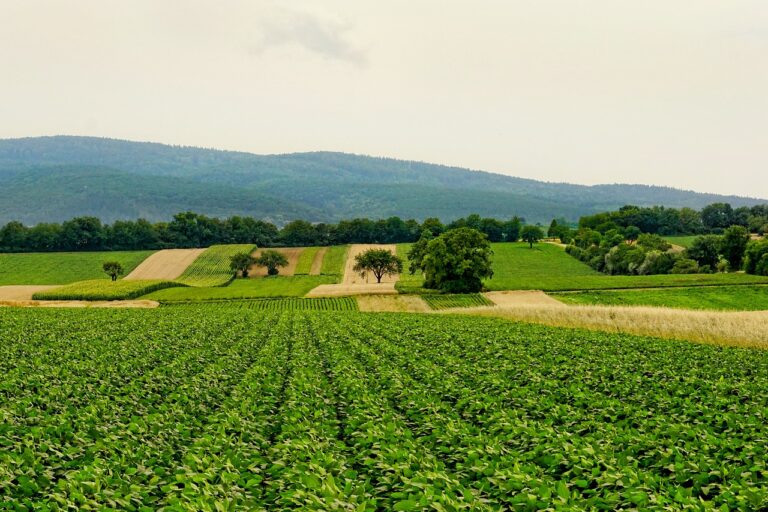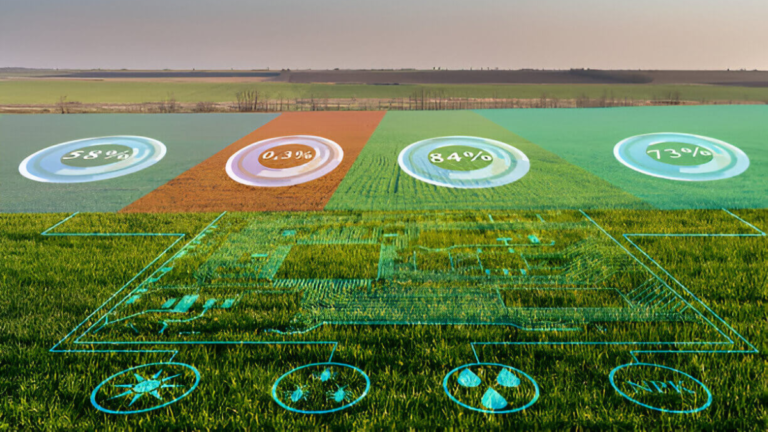the economics of regenerative agriculture: a financial framework for ecological farming
Regenerative agriculture is increasingly recognized as both an environmental imperative and a sound business strategy for farm operations. This analysis examines the economics of regenerative agriculture, exploring the financial implications of transitioning to regenerative practices through recent research studies and real-world farm data.




